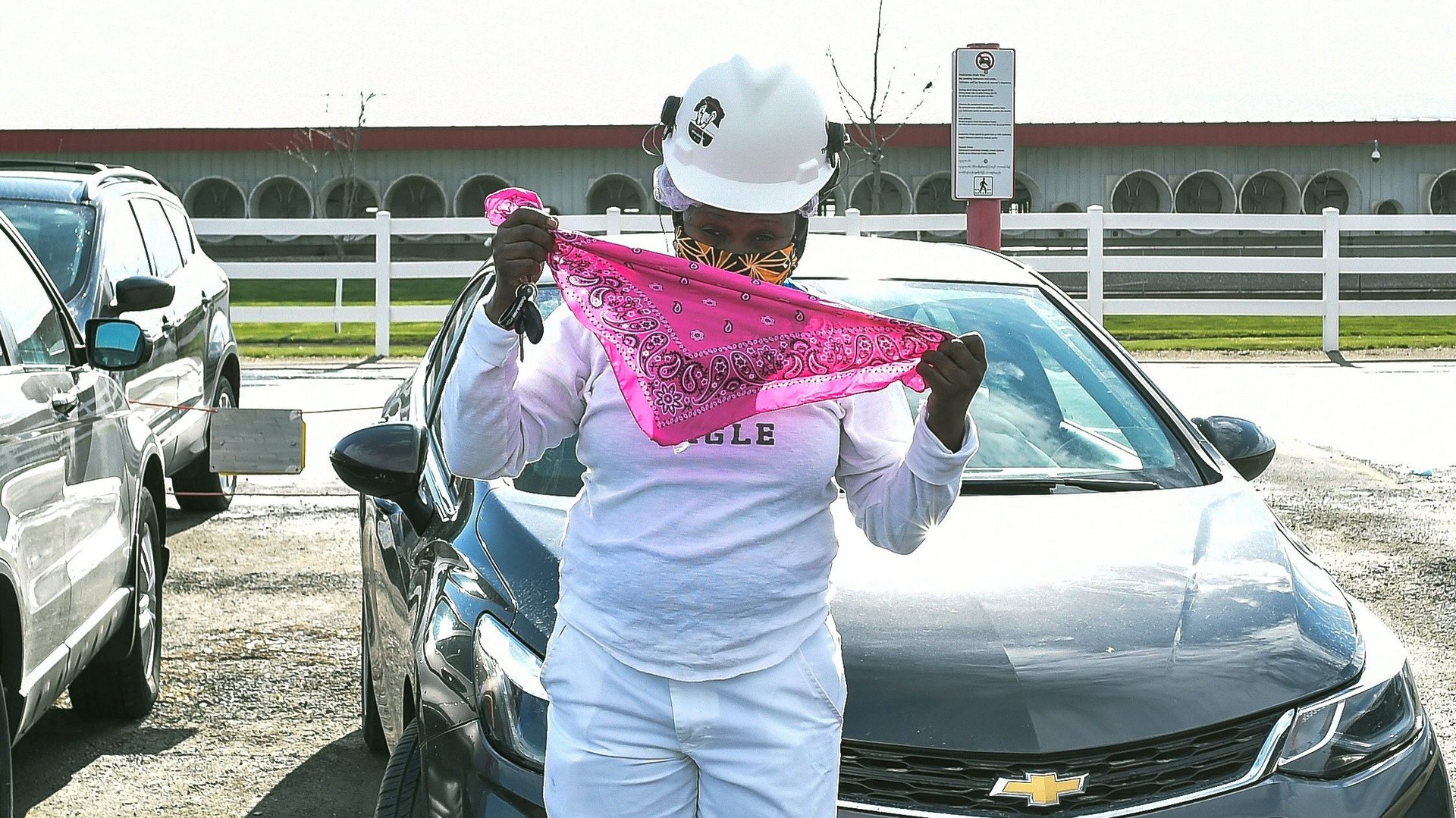A new study shows occupations with the highest Covid death rates
It’s been well documented that essential workers face heightened risks of contracting Covid-19. Now, research from the University of California, San Francisco, suggests they’re also more likely to die from it.


It’s been well documented that essential workers face heightened risks of contracting Covid-19. Now, research from the University of California, San Francisco, suggests they’re also more likely to die from it.
A new study from UCSF’s Institute for Global Health Sciences found that death rates for working-age adults in California were 22% higher than what would have been expected had there been no pandemic. The so-called excess mortality rate was highest among food and agriculture workers (39%), transportation and logistics workers (28%), facilities workers (27%), and manufacturing workers (23%).
The research has not yet been peer-reviewed, but the findings “could point to opportunities for intervention, such as workplace modifications and prioritization of vaccine distribution,” the study’s authors wrote.
Using death records from the California Department of Public Health, the researchers estimated excess mortality rates among California adults ages 18 to 65, between March and October 2020. The occupational information was pulled from the death certificates.
The mortality risk ratio, which is the observed number of deaths versus the expected, was highest among cooks, packaging workers, agriculture workers, and bakers—higher than those who work in healthcare, including those who work in hospitals and are in direct contact with Covid-19 patients.
Why are those in food and agriculture at such high risk? It comes down to more than just the availability or quality of PPE in the workplace or being able to social distance. Part of the difference also can be explained by socioeconomic factors. According to a study by the Kaiser Family Foundation, food production workers are more likely than the average US worker to subsist below the federal poverty level, be uninsured, and live in non-metro area.
“Especially in certain parts of the state [of California], people who are poor are likely to be living in crowded living units, where the virus can quickly be transmitted,” says Yea-Hung Chen, an epidemiologist at UCSF and a co-author of the study.
Many of the highest risk workers are also low-wage earners. Quitting a job out of safety concerns, with no financial safety net, is often impossible for them. Hoping to address this problem, the Biden administration has called for new US Department of Labor guidelines that would allow workers to collect unemployment if they quit a job over Covid-19 safety concerns.
“If we want to treat them as essential workers, then we need to think about what we can and are willing to do to protect them,” says UCSF’s Chen. “It’s not just important for the state—we’re shipping stuff all around the world.”
The researchers also looked at mortality through the lens of race and ethnicity. Latino and Black Californians, who also face the highest jobless rates, have had relatively higher increases in mortality during the pandemic, at 59% and 28%, respectively. Overall, the risk ratios are highest for Latino workers in food or agriculture workers, Asian workers in health or emergency, Black workers in retail, and white workers in food or agriculture.
Even in pre-pandemic times, the researchers note that per-capita excess mortality is “relatively high” among Black and Latino populations and among the less educated. In addition to facing occupational risks and not being able to work from home, the researchers note that low-wage essential workers may be more likely to live in crowded housing, resulting in more household transmission.
As the researchers note, vaccine prioritization for essential workers will be essential for lowering on-the-job health risks. And that can be complimented with workplace safety measures and access to PPE and testing. If workers are to be treated as essential, the researchers suggest, then their lives should be treated as such.